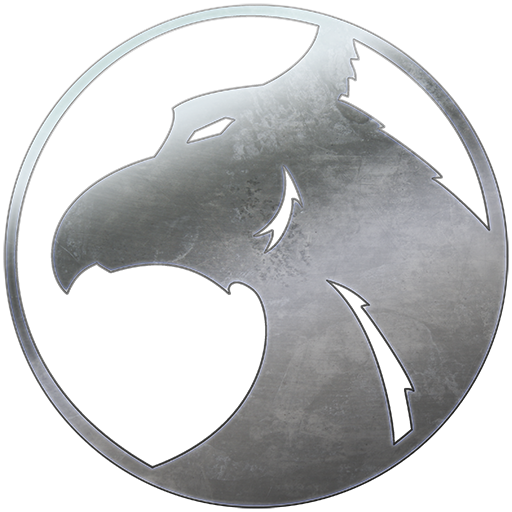Last month we announced the release of the Aether Second Edition playtest. Since then, Aethermancy has entered the layout phase, and Ingenium Second Edition has gotten magic item rules.
Our editor Sarah finished a few chapters of Aethermancy and I’m now working on layout for them. The final style is still in flux, but typography has been chosen and the master template for the entire book is nearly complete. Kevin is working on the adventure for the book and Sarah continues to edit the manuscript. In the next post about Aethermancy’s progress I will have a sample page to share with you.
On the Ingenium Second Edition front, I have added two new heritages – the ugrun and the ratlings – and begun the rules for magic items. Magic items were conspicuous in their absence in the first edition. Unlike in other tabletop role-playing games, magic items in Ingenium are commonplace enough that they’re detailed in the Equipment chapter instead of a separate treasure chapter. There are three types of magic item – trinkets, artifacts, and relics. Trinkets have simple, weak enchantments and are commonplace in everyday society. A farmer might have a trinket for warding against wheat blight, or a town fountain might have a built-in trinket that purifies its water. Artifacts are powerful and harder to obtain. They might include things like a sword enchanted to burn on command or a crown that deflects arrows. Both trinkets and artifacts are created by mage-artificers and sold by merchants.
Relics, on the other hand, are items so powerful that the knowledge of their making is lost to time. They might have unique enchantments, cultural significance, or even sentience. These items are meant not as treasure but as narrative centerpieces in their own right. If players encounter a relic, it will be important to the story in some way, and not just another passenger in their backpack.
